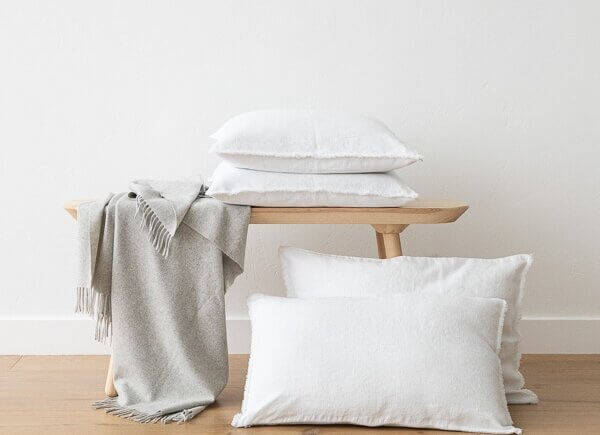In Vastu Shastra, the kitchen is considered to be one of the most important areas of the house, as it is where food, which is essential for the sustenance of life, is prepared. The kitchen is also believed to be a source of energy and vitality, and it is important to ensure that the energy flow in this area is positive and harmonious. The following Vastu tips can help you design and decorate your kitchen to promote a positive and healthy environment.
Location and Direction:
The location and direction of the kitchen is one of the most important factors in Vastu. The ideal location for the kitchen is in the southeast corner of the house, as this direction is associated with the element of fire, which is essential for cooking. The kitchen should not be located in the northeast corner of the house, as this is considered to be a sacred area and should be kept free of any fire-related activities.
Shape and Size:
The shape and size of the kitchen should be such that it promotes a smooth and efficient flow of energy. The kitchen should be rectangular or square in shape, and should not have any irregular angles or shapes. The size of the kitchen should be proportionate to the size of the house, and should be spacious enough to allow for free movement and easy access to all appliances and utensils.
Cooking Stove and Sink Placement:
The placement of the cooking stove and sink in the kitchen is also important in Vastu. The cooking stove should be placed in the southeast corner of the kitchen, facing east. This promotes the flow of positive energy and enhances the taste of the food being cooked. The sink should be placed in the northeast corner of the kitchen, facing northeast. This placement ensures that the water used in cooking and cleaning flows towards the northeast direction, which is considered to be auspicious.
Storage and Shelving:
The storage and shelving in the kitchen should be designed and placed in a manner that promotes ease of use and accessibility. The shelves should be placed in the southern and western walls of the kitchen, leaving the northern and eastern walls free. This ensures that the flow of energy in the kitchen is not obstructed. The storage should be well-organized and clutter-free, and should not be placed above the cooking stove.
Color Scheme:
The color scheme of the kitchen is also important in Vastu. The colors used in the kitchen should be warm and inviting, promoting positivity and energy. Bright and vibrant colors such as red, orange, and yellow are considered to be auspicious, and can be used in the kitchen to create a positive environment. Avoid using dark or gloomy colors, as these can create a negative energy flow.
Ventilation and Lighting:
Proper ventilation and lighting are important aspects of Vastu in the kitchen. The kitchen should be well-ventilated, with adequate windows and exhaust fans to allow for the flow of fresh air. Windows in the kitchen should face the east or north direction, allowing for the flow of natural light. Artificial lighting should also be used to provide adequate lighting during the evening and night.
Avoid Obstructions:
It is important to avoid any obstructions or clutter in the kitchen, as this can disrupt the flow of energy. The kitchen should be kept clean and well-maintained, with no unnecessary items cluttering the countertops or floors. The kitchen should also be kept free of any broken or damaged appliances.
The kitchen is a vital area of the house, and it is important to consider Vastu principles when designing and decorating this space. By paying attention to the location, direction, shape, cooking stove and sink placement, storage and shelving, color scheme, ventilation, lighting, and avoiding obstructions, you can create a positive and harmonious environment in your kitchen.











